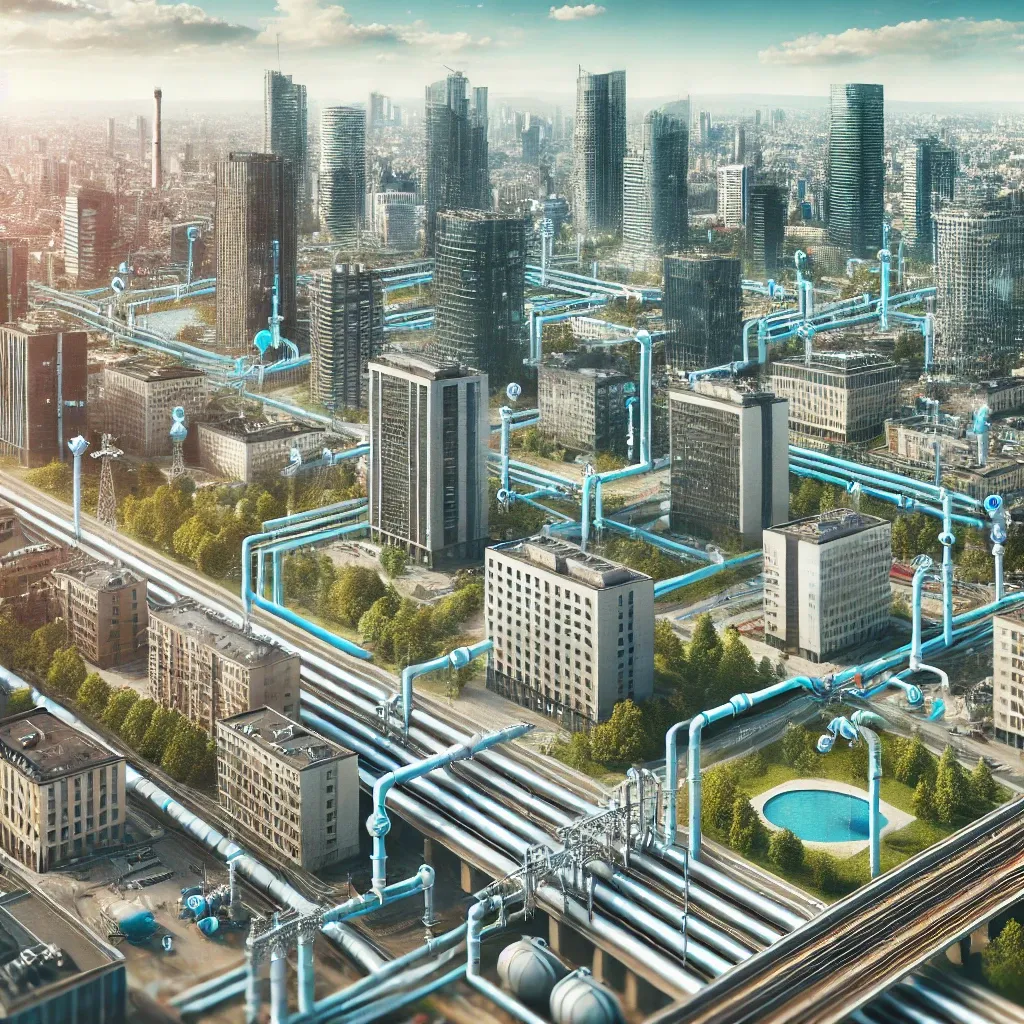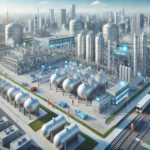Curious about how city gas works in urban areas? Learn about its methods, how it’s distributed, and why it’s crucial for cities. Explore the benefits and challenges associated with this vital resource.
City gas plays an essential role in powering homes, businesses, and industries across urban spaces. Whether it’s for cooking, heating, or fueling industrial processes, city gas is a versatile and reliable energy source. But how exactly does it work, and how is it distributed? Let’s explore the fundamentals of city gas, its distribution methods, and its significance in modern cities.
City Gas: An Overview of What It Is
City gas is a natural resource that powers a wide range of functions in urban environments. It is primarily a mixture of methane (CH4), with small amounts of other hydrocarbons. This gas is delivered to homes, commercial establishments, and industries through an extensive network of pipelines, providing energy for cooking, heating, and even transportation.
Here are some key aspects of city gas:
-
Energy Source City gas is often derived from natural gas, which is found beneath the Earth’s surface or produced from shale and coal seams.
-
Versatile Applications It’s used for residential heating, cooking, and hot water production, as well as industrial processes like manufacturing and power generation.
-
Cleaner Alternative Compared to coal or oil, city gas is a cleaner burning fuel, producing fewer pollutants and less carbon dioxide (CO2) when combusted.
-
Safety City gas is odorless in its natural form. An artificial odor is added for safety reasons to make leaks detectable.
-
Cost-Effective It is generally more affordable than electricity and provides a steady, reliable energy source.
Real-World Example:
In cities like New York or Tokyo, city gas networks are a cornerstone of urban life, supporting everything from apartment buildings to large factories. Without city gas, these cities would face serious energy challenges.
Learn More About City Gas Distribution
City Gas Method: How It’s Delivered to You
The delivery of city gas to consumers involves a complex and well-organized system. This system begins at the gas production site and ends at your home or business. Here’s how it works:
-
Production City gas is typically sourced from natural gas fields, which are often located miles from cities.
-
Transportation Once extracted, the gas is transported via pipelines or liquefied for easier transport.
-
Storage Gas is stored in facilities near major consumption areas, including underground reservoirs or large tanks.
-
Distribution A series of smaller pipelines deliver the gas to individual homes and businesses.
-
Metering Meters are installed at the point of use to measure how much gas is consumed, ensuring accurate billing.
Practical Insight:
In large metropolitan areas, the entire distribution system must be regularly maintained to ensure efficiency and prevent leaks. For instance, maintenance crews might replace aging pipes, upgrade systems to accommodate increased demand, or monitor gas flow to avoid interruptions.
Explore How City Gas is Distributed in Your Area
City Gas in Urban Development: Its Role and Future
City gas is not just an energy source but a critical part of modern urban development. Its role in the transition to greener energy is particularly noteworthy, as cities around the world look for cleaner and more efficient energy solutions.
Advantages of City Gas:
-
Environmental Benefits As a cleaner burning fuel, city gas helps reduce the overall carbon footprint of a city.
-
Economic Growth The availability of affordable and reliable gas allows businesses to thrive, reducing energy costs and fostering innovation.
-
Sustainability With natural gas being a finite resource, it is increasingly combined with renewable energy sources to ensure long-term sustainability.
The Future of City Gas:
Looking ahead, the role of city gas will continue to evolve. The integration of city gas with other renewable energy sources, such as biogas and hydrogen, is a key area of focus. These innovations could make city gas even cleaner and more sustainable, ensuring its relevance for years to come.
Example of Progress:
In places like Singapore, city gas is being integrated with solar energy systems, creating a hybrid model that optimizes both resources. This model ensures energy resilience, reduces dependence on fossil fuels, and lowers emissions.
Discover How City Gas is Evolving in Urban Areas
Conclusion
City gas has proven itself to be an indispensable energy source for urban environments, providing reliable energy for millions of people worldwide. From its diverse applications in homes and businesses to its complex distribution methods, city gas is a modern marvel. As cities continue to grow and evolve, city gas will remain a central pillar in the energy landscape, especially with innovations aimed at improving sustainability and reducing environmental impact.
As we move forward, it’s clear that the future of city gas is intertwined with the future of urban living. Cities that embrace advanced technologies, such as hybrid energy systems and smart metering, will lead the way in creating efficient and sustainable environments for their residents.
As Mahatma Gandhi once said, “The world has enough for everyone’s need, but not enough for everyone’s greed.” In the context of energy, this reminder urges us to innovate responsibly and sustainably, ensuring that the energy resources we rely on today are available for future generations.






